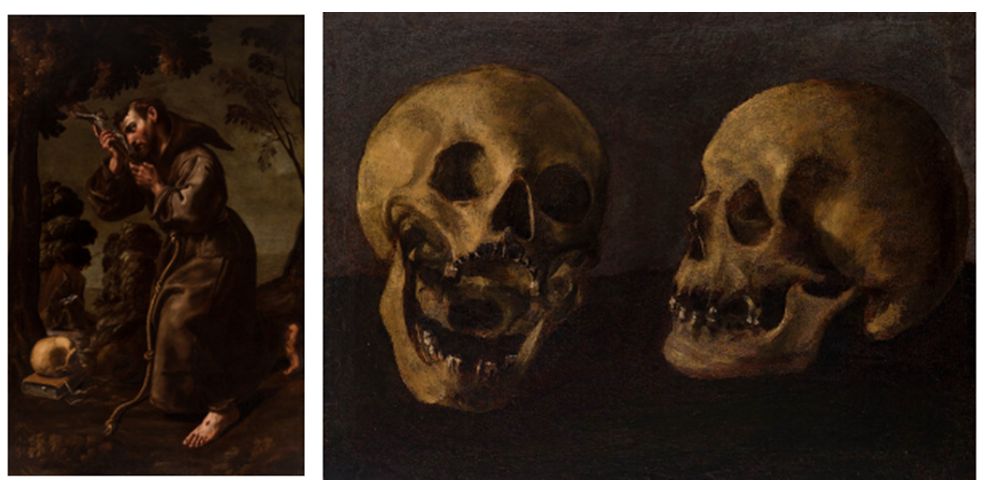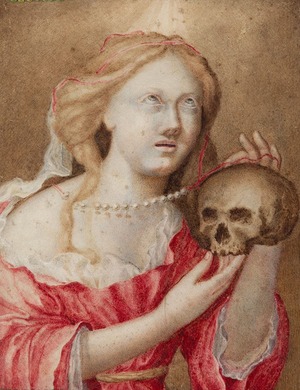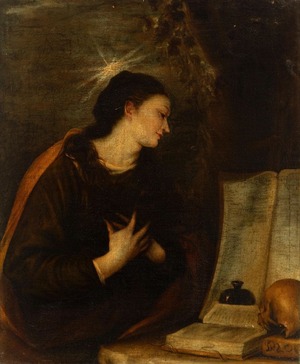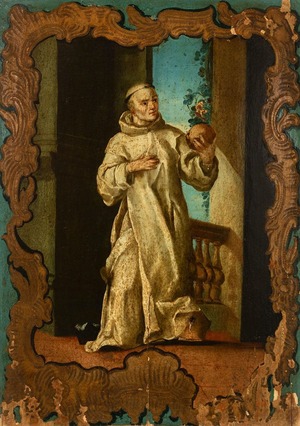Vanitas, vanitatis... to be God
Setdart presents in the next Alta Época auction on February 10 several examples that recall the transience of life through the “memento mori” . From the quintessential vanitas, presented in Lot 35174140 with some “Calaveras” attributed to “Il Genovesino”, passing through other stagings of saints with vanitas attributes such as the “San Francisco” Attributed to Luis Tristán (Lot 35256818).
Vanitas vanitatis are two terms related to a passage from Ecclesiastes: “Vanitas vanitatum omnia vanitas” (“Vanity of vanities, all is vanity”), which attempts to convey the futility of worldly pleasures in the face of the certainty of death and man’s absurd attempt to resemble God, forgetting that he is a mortal and finite being. Vanitas is a Latin term that we can translate as vanity, in the sense of insignificance.
In the iconography of art, “Vanitas” is called a category of plastic arts that reached their peak during the 17th century. We can find various examples in still lifes, portraits or complex compositions, in which some object was included that reminds us of the fragility of time; skulls, hourglasses, trousseaus…
During the Baroque, the perception of the weakness of the human being, the transience of life and the presence of death developed in a special way. The social sensation of the situation of man was in the seventeenth century in continuous chiaroscuro; From the lust of parties, in which religious celebration was combined with banality and sensory pleasures, the sacred with the profane, the mea culpa was sung in churches and popular demonstrations.
Art reflected this situation by dramatically using light and shadows in search of impact, the shock of the viewer. And the paintings and sculptures called “Vanitas” were a very useful aid in devotional preaching. They were moralizing messages that proliferated in the 17th century, with a clear message: the “memento mori” (remember that you will die). Both in the North and in the South of Europe, in the Christian and Protestant spheres, very similar symbols and intentions were used.









